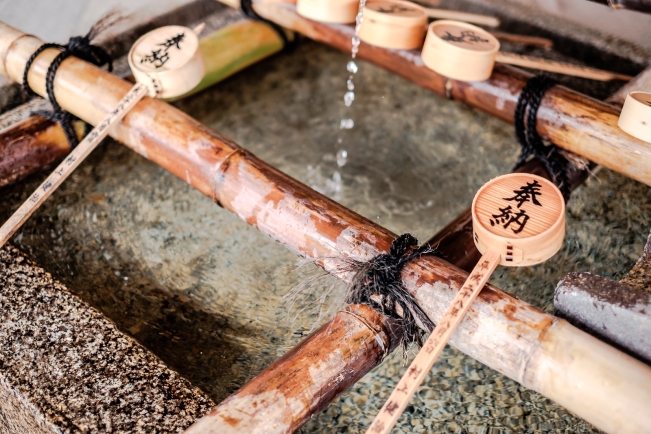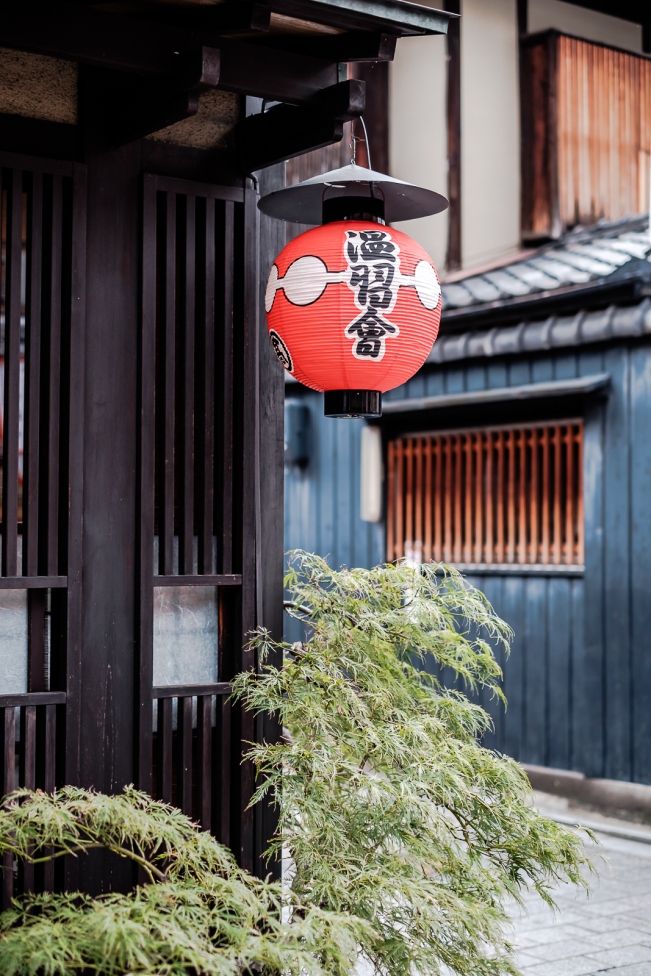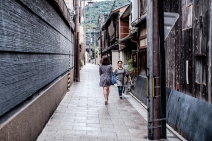In more recent blogs I have been exploring and sharing more details about my experiences in various parts of Japan. And a big part of this is my coming across images from those journeys, that I have never published before. Or, at the very least, never published in colour. Some I had not even edited at all – it was almost like I overlooked them for a future purpose and then forgot about them for two years. Perhaps this is the purpose. You can check out some of those explorations such as my time at the Kyoto Railway Museum by clicking here. Or my time at a tiny little Shinto Shrine dedicated to the Boar here. I am enjoying writing these small adventures but more importantly, hope that they provide some insights for would be travellers to Kyoto or Japan. Above all else why take such images if I am not going to share them in some form or another. Perhaps I can inspire others to look beyond themselves and see the world around them.

An excellent half to full day experiences is to head to the Higashiyama Ward which is East of Kyoto Station. Higashiyama is an area set against the outer hills and mountains that surround Kyoto. It is known for its culturally rich sites, shrines, temples, gardens and grounds that are still in full use today. This is a huge area of Kyoto hence why I said it could be a half day or a full day depending on how much you want to see and do. For me, I took the Tozai Line from Kyoto Station and got off at Higashiyama Station. I was out and about early as usual to avoid the heat of the later-day and also the crowds. I arrived at Higashiyama Station and was presented with a mostly deserted but quaint little urban area. A river ran through the middle of the town and I could imagine the cherry blossoms blooming in the spring along the banks.


I headed South along Jingu-Michi to the first stop which was Shorēn-In Monzeki Temple – a historic Buddhist temple and teahouse. I was instantly struck by the age and structure of the buildings set against the contrast of the greenery in the trees and moss-covered rocks. Continuing South along Jingu-Michi – following the timber walls and gates – I finally reached Chion-In. Chion-In is a Buddhist temple complex that originates from the 1600’s. Its grounds are home to countless temples, shrines, statues and buildings still in use by the Buddhist monks at the site. But before you get to any of those, you must pass through the awe-inspiring Chion-In Sanmon gateway or entrance. Sitting part way up the hill atop giant stones steps is a gateway of massive proportions. It is 24 meters tall and 50 meters wide and dates back to the 1600s. Its scale is amplified by it being halfway up a mountain so you are always looking up at it.


Through the gate and up the tall, wide set of stairs leads you to the top upon which stands a vast site with a number of enormous temple buildings. These giant timber temples are just incredible and so beautifully constructed. One was being repaired but rather than expose the building to the elements, a giant warehouse-like structure had been built over the temple so that workers could facilitate the repairs which in some cases take years. Scattered around are smaller temples, shrines, statues and ponds. There is also a refreshment and gift shop. I always make it a habit to buy a bracelet of Buddhist timber beads when at a site like this. And perhaps a few extra bits and pieces for my family back home.


I spent a couple of hours touring this site which also included the Yūzen-En Gardens. A beautiful landscaped and delicately manicured Japanese garden complete with a pond and Koi. From here I made my way back through the Sanmon gateway. South of Chion-In is Maruyama Park laced with walkways, gardens and streams. The Western half of this area blends into the grounds that is home to many Shrines. Namely Bigozensha Shrine, Gyokkō Inari Shrine and the far larger and grander Yasaka Shrine. By the time I had reached this area it had gotten busier, however, it also meant that small good and souvenir stands had set up. The very East exit of this area dumps you into a large traffic intersection of Gion. I say dumps you as it feels that way after spending hours in the tranquil peace of exploring ancient Buddhist sites and then to suddenly step out into a busy intersection with all the noise and bustle that goes with it.


I followed Shijo Dori – which runs East to West – towards the bridge that crosses the Kamo River. Shijo-Dori is predominantly a typical Kyoto shopping strip however it does tend to have more traditional food and clothing stores catering to those living a more traditional Kyoto lifestyle. I stopped in a small Sushi restaurant for a plate of what would have to have been the greatest Sushi I have ever eaten in my life. The cafe was tiny with no more than 10 seats and there was no English menu. I merely pointed at the Sushi I wished to try from the samples in the store window. Amazing.

I ventured down the side streets that mostly headed south of Shijo Dori – one of those being Hanamikojo Dori. These side streets and alleyways are of cobbled stone and traditional timber buildings. Gion is known as the centre of the entertainments and arts district of Kyoto. It is also known as the Geisha district of Kyoto. Late morning you can see fully garbed Geisha moving from discreet timber courtyards to the surrounding stores. North of Shijo Dori are more side streets and alleys worth of a look. However a little further south is yet another impressive Buddhist complex. Kennin-Ji Temple Hojo is an impressive site with many outer buildings, shrines, temples and amazing gardens. After exploring the area further I called it a day and took a train from the nearby Gion-Shijo Station to return to Kyoto Station. I hope that this blog has given you some ideas on potential ways to see and explore some of the more ancient and traditional areas of Kyoto. All of the images from this blog were shot on the Fujifilm X-T1 with the XF23mmF1.4, the XF16mmF1.4 and the XF50-140mmF2.8. Hope that you enjoy this collection of images. Happy travels.










































4 Responses to A Day Exploring Kyoto – With Fujifilm X Series
Beautiful mate! You have given me a serious case of itchy feet.
LikeLiked by 1 person
Thanks man. Good! I hope your itchy feet result in more travel. My feet are always itchy!
LikeLiked by 1 person
Lovely article greg…my feet are tingling too
LikeLike
[…] some of those here. For Kyoto in colour click here, for a day trip exploring Kyoto click here and for a Shinto Shrine in colour click here. Today, I wanted to share with you my day […]
LikeLike